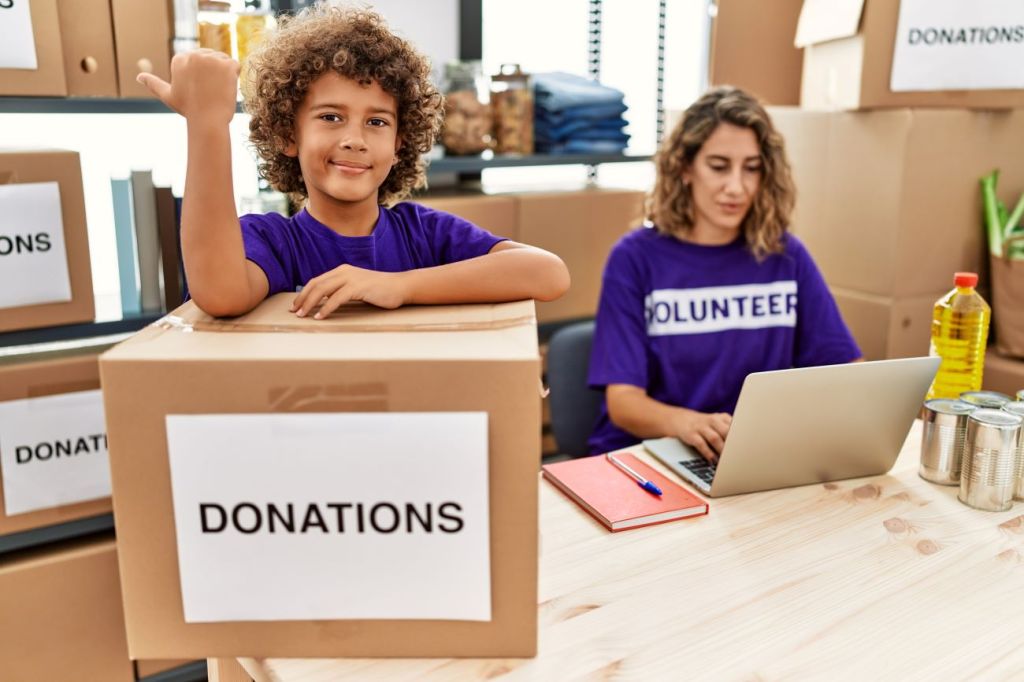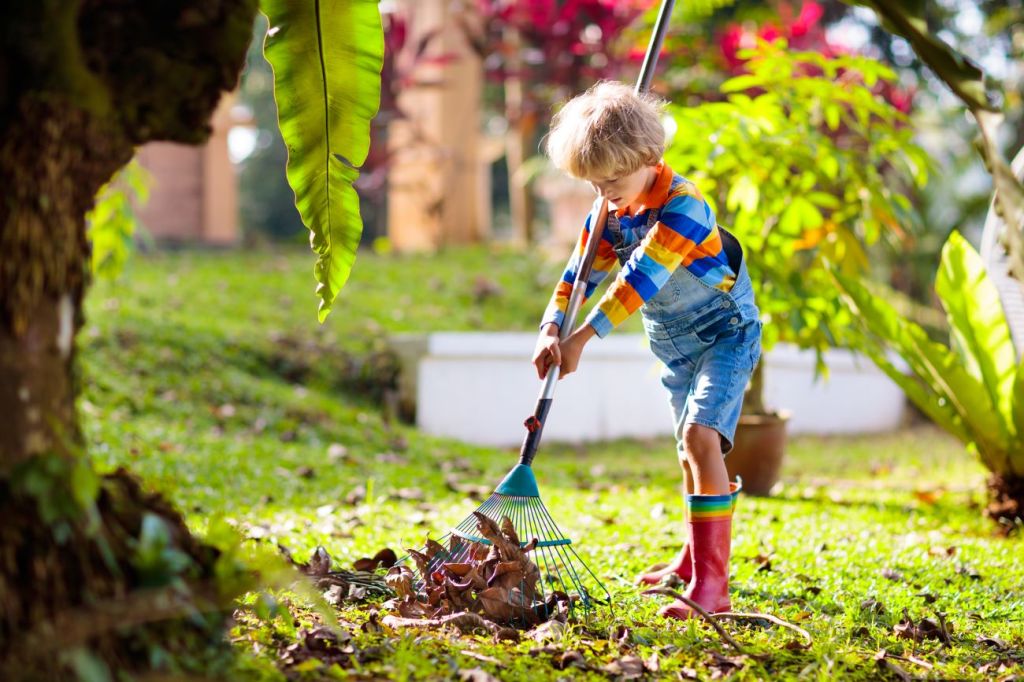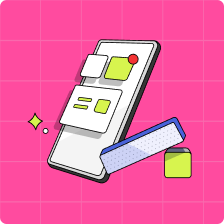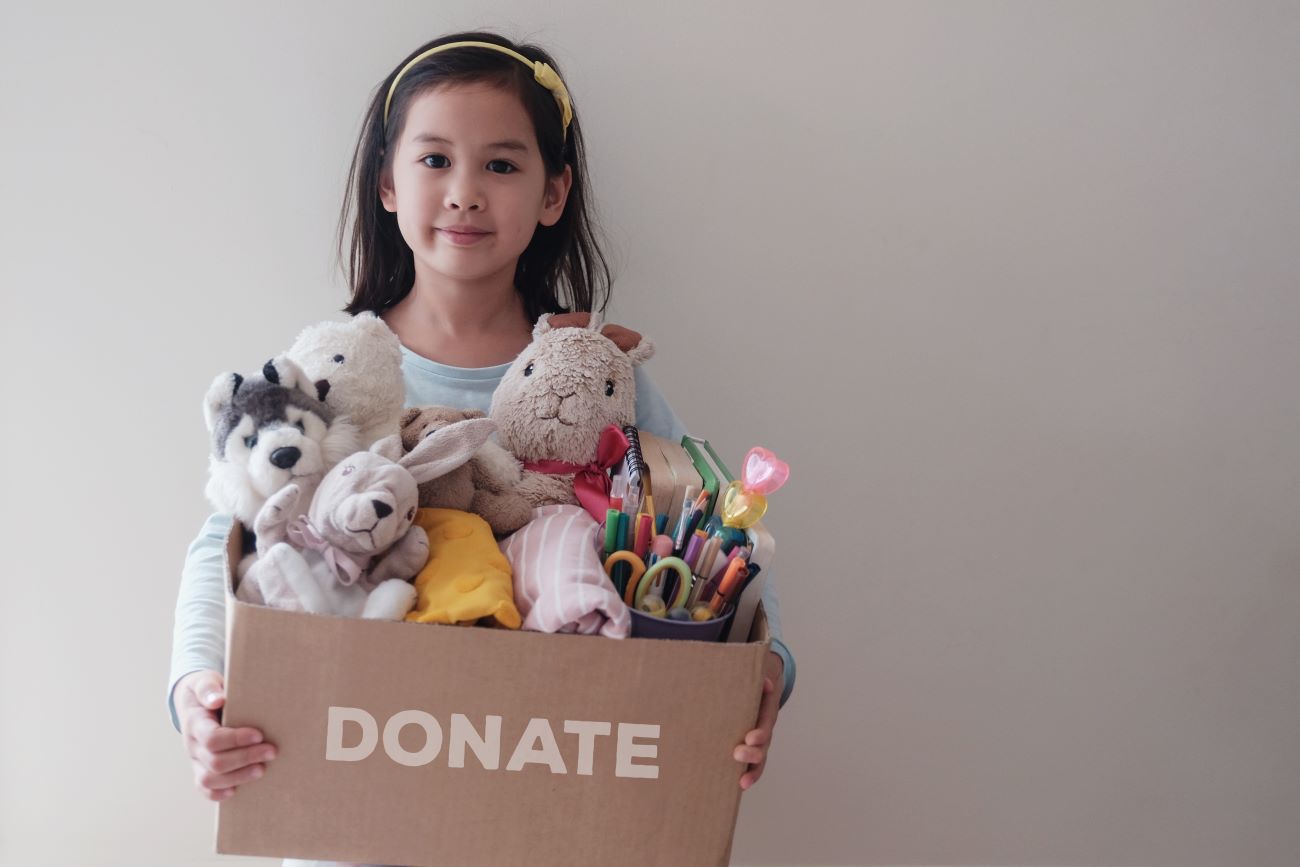Is it really better to give than to receive? Science says yes.
Teaching kids to value generosity and charity is as important as teaching them to eat their veggies. Giving is a healthy practise. People who give regularly report feeling significant joy and satisfaction. Research suggests that the psychological reward we get from helping others might very well be ingrained in human nature. It appears humans are givers because it’s good for us.
You may have your favourite charities earmarked for financial donations, and that’s a great way to help others.
Why it’s important to teach kids about giving
“The act of giving is rewarding to the brain and makes us feel good,” says Catherine Franssen, a neuroscientist at Longwood University and the Science Museum of Virginia. These brain connections can take time to develop, which is why kids aren’t always quite as excited about giving as receiving.
Research into the science of gratitude indicates the ability to express gratitude may improve with age and maturity. In the meantime, parents can help accelerate this understanding through teaching and modeling. Similarly, we can also teach the value of giving.
Teaching kids how to give may take practise, but the rewards are well worth it. Giving not only makes us feel good, it helps build empathy. Finding opportunities to give back creates avenues for kids and teens to build self-esteem by helping others. Also, showing kids how to allocate funds by splitting their allowance into categories, including one specifically for giving, can help develop financial literacy.
How do I teach my child the importance of giving?
Make it personal. Studies have shown we are more inclined to give when we feel a connection. Dropping a few loonies in a collection tin may feel arbitrary to a child unable to visualize helping someone “out there.” So, describe who might be benefiting from their donation. If the charity supports children in need, explain how a few extra dollars might help a child their age buy a new jacket. You might say, “Can you imagine how uncomfortable it would be to go outside for recess on a cold day without a warm coat?” Having your child see themselves reflected in others helps make their efforts feel relatable and important.
Show your child a photo or video of a person their donation might be helping. Looking at someone’s face builds social connection. If possible, share the recipient’s situation and provide a back story. When we can relate to others on a personal level, we are naturally inclined to want to help.
Be a role model
Children are born observers. Show them what it looks like to give and it’s likely they’ll do the same. Ontario mom of two, Sharon Devellis, says her boys have seen her volunteering and doing various acts of service since they were little. Sharon has taught her kids by doing—from organizing “food trains” for families in need in their community to volunteering as a speed skating coach. When her eldest son graduated from high school his volunteer hours far exceeded the required amount. He had accumulated over 250 hours by volunteering at their local Legion serving veterans. He said he didn’t do it for the hours. He did it (and continues to do so when he can) because it feels great.
Read more about the importance of giving back to the community

Explain how their donation makes a difference
While telling your kids how their generosity might benefit others, showing them is even more effective. Watch a video of a family using the new accessibility ramp built for their child who uses a wheelchair. Show them a photo of a family’s home built using funds collected from donations. Read a note from a neighbour thanking them for shoveling their driveway. Seeing how their actions can help improve someone’s life can be very impactful.
Start small
Your child’s first foray into giving might be as simple as donating a book to their school library or buying a cookie from a charity bake sale. No gift is too small or insignificant. When it comes to generosity, it really is the thought that counts.
Start with small acts of service and build from there. Over time and with experience, kids may choose to increase the value and frequency of their donations.
Let kids choose where to give
Not all giving is the same. Research shows there’s a difference between feeling obligated to give and wanting to give. Being told to donate will not elicit the warm glow associated with a sincere desire to help.
Allow kids to choose where they would like to donate their time, donations or money. If they love dogs for example, knowing their efforts will help an animal shelter will make them feel invested in their giving.
A “Get A Gift, Give A Gift” birthday party is a fun and effective way to teach kids about giving and receiving. Ask guests to split a birthday present into two smaller gifts—one for the host and one to donate. Alternatively, parents may appreciate the suggestion of a small cash gift (one less errand for parents is always a win). A twenty dollar gift for example, can be split into two ten dollar gifts. The host can save or spend half. The other half of the gifted cash will be donated. To help make the experience more concrete, write a cheque for your child to hand deliver to their chosen charity.
Give as a family
As the old adage goes, “Families who give together, grow together.” Okay, maybe that isn’t an adage, but it should be. Families who prioritize giving back help teach their children that generosity is important. Sharon Devellis and her family do an annual spring declutter. Each family member chooses clothing, tech, books and other gently used items to pass along to those who can use them. “We don’t just dump them off in one location.” Devellis says.” We carefully choose where to donate to make sure items get to those who need them most.”
Choose an organization or charity to support together. You might sponsor a family over the holidays or “adopt” an endangered animal. Each family member can contribute what they can to a one-time or even a monthly donation.
Not all families are in the position to be able to give financially. But all families have a valuable and renewable resource—themselves. Seek out opportunities where the whole family can give together. Participate in a fun run to raise money for a cause or organize a food drive. There are all kinds of ways families can work together to give to others. Bonus? Spending time together as a family.

How to find which charity to support
Encourage kids to choose a charity that aligns with their values and life experience. If your child is passionate about sports, support organizations that make sports accessible to youth who may not otherwise be able to participate due to economic or physical barriers.
It’s a great idea to volunteer first to learn more (if possible) about a charity. By volunteering, not only will you be helping out, you’ll get an up close view of how the charity operates and learn whether it’s a cause worthy of your time and money.
If you have questions about a charity and how they help, do a little due diligence. Start by simply having a look around their website. Then do a Google search to see what people are saying about the charity online and on social media.
Not sure where to donate? Canada Helps is an excellent place to look for a charitable organization in your area. Also, consider donating to a registered charity so you can claim it on your tax return.
The physical and psychological benefits we experience when we give have lingering impacts on the brain. The happy feeling we get from doing an act of service can continue to have positive effects on our brain well after the initial release of endorphins. Giving is the gift that keeps on giving.
Continue to actively teach your kids about the value of giving by using Mydoh, so they can learn how to manage their finances and give when they can.
Download Mydoh and help build the foundation of financial literacy for your kids and teenagers.
This article offers general information only and is not intended as legal, financial or other professional advice. A professional advisor should be consulted regarding your specific situation. While the information presented is believed to be factual and current, its accuracy is not guaranteed and it should not be regarded as a complete analysis of the subjects discussed. All expressions of opinion reflect the judgment of the author(s) as of the date of publication and are subject to change. No endorsement of any third parties or their advice, opinions, information, products or services is expressly given or implied by Royal Bank of Canada or its affiliates.


















